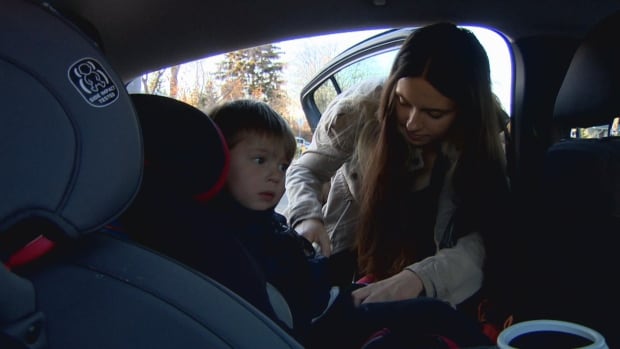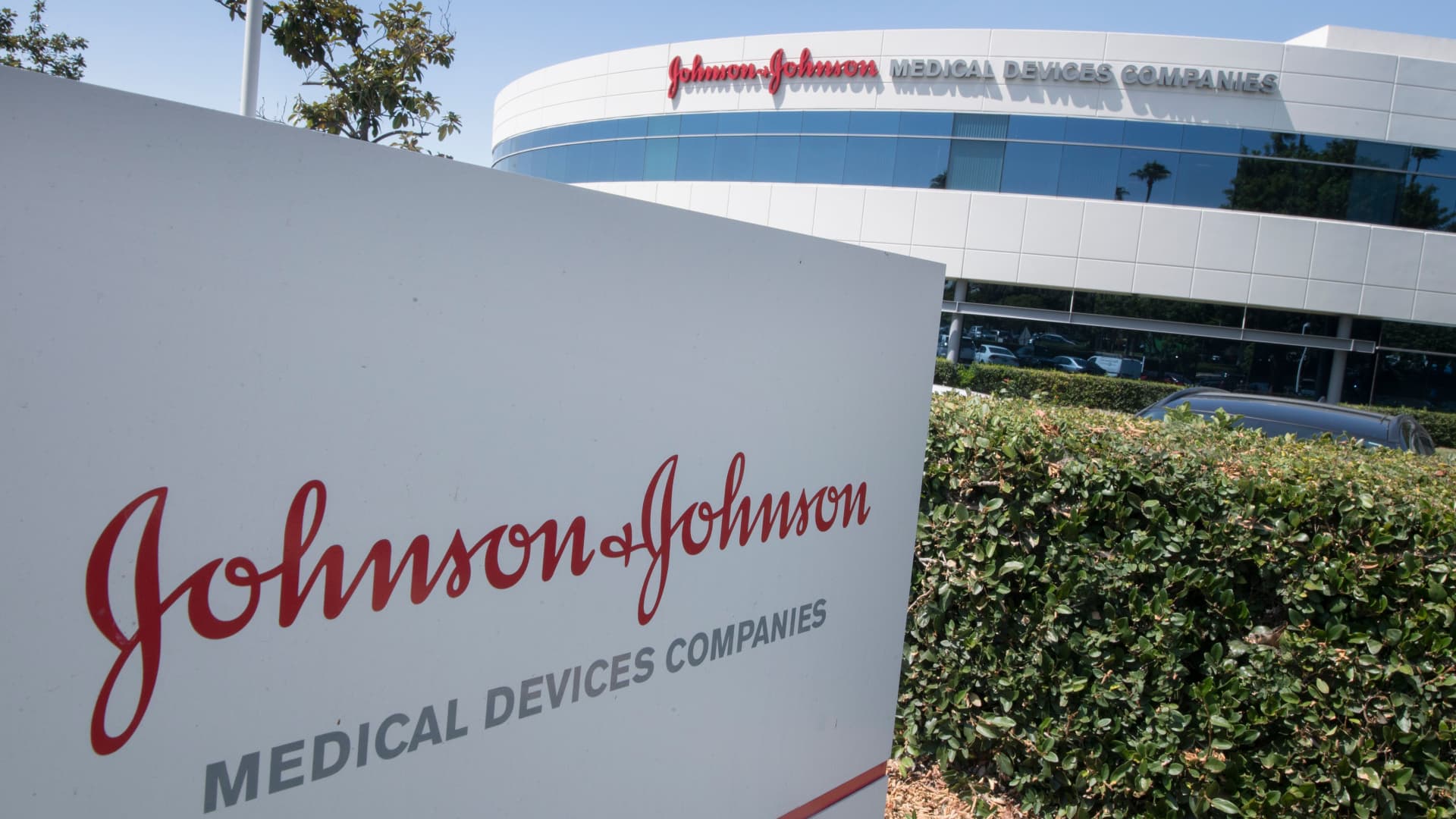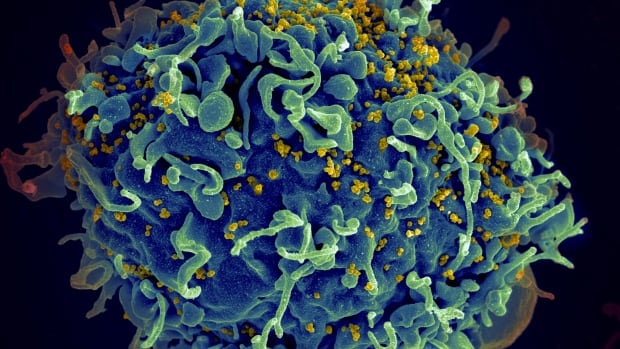Over the course of her life, Marliese Dawson, now 51, has seen five family members get diagnosed with breast cancer.
So since her mid-30s, Dawson has been diligent about undergoing breast cancer screening. Because she has dense breasts, which puts her at heightened risk, she undergoes alternating diagnostic mammograms and screening ultrasounds every six months on the advice of her family doctor and radiologist.
But her most recent attempt to book an appointment left Dawson concerned that a backlog of breast imaging appointments in B.C. will delay the screenings she’s undergone for years.
First, her diagnostic mammogram was delayed from October to December due to a lack of available appointments. When she called to book her screening ultrasound for June, she was told they could only book four months in advance. And when she called in the beginning of March, she was told the earliest available slot was December — a full year after her last screening.
“I was already behind there. So it seems like it’s getting further and further,” she said.
“I’d obviously like to keep on my schedule because the radiologist has recommended this as the best way to keep me safe. And I’m not able to do that.”
Dawson isn’t alone in her concerns. The B.C. Radiological Society and doctors who refer patients across the province say delays in booking and processing breast imaging are worsening, leaving patients navigating a complex system that is increasingly understaffed and underfunded.
Patients and doctors in B.C. are raising the alarm on wait times for breast imaging, saying some are waiting months for an appointment after receiving an abnormal mammogram result.
Brenda Farnquist, president of the Society and a practising radiologist at Kelowna General Hospital, said financial concerns, staff shortages and a growing demand for screening are pushing wait times for breast imaging in B.C.
“It’s very anxiety-provoking. Can you imagine knowing you have a palpable abnormality in your breast and you can’t get an imaging study? We know this is happening,” she said.
“Patients are just besides themselves, and some of the places providing these services don’t even have the human resources to deal with all the phone calls they get.”
Struggles to find appointments
Checking for breast cancer can involve a number of different screening and diagnostic exams. The B.C. Cancer agency offers regular screening mammograms for women without breast concerns. Women whose mammograms show a lump or other abnormality can be sent for a diagnostic mammogram.
Women like Dawson, whose breasts show high density, putting them at increased risk for breast cancer, can be sent for a screening ultrasound, though only one clinic in Vancouver currently offers that service.
Dedeshya Holowenko, a physician at Westcoast Women’s Clinic in Vancouver, said her clinic has bumped up against increasingly long delays as staff work to book patients in for critical follow-up screenings.
“I’ve had patients where I’ve done an exam, found a lump, and looking for a diagnostic mammogram having to phone three or four different locations to get a reasonable time because the first appointment that we’re given is six months later, and this is with a palpable lump,” she said.
“Any woman who has been told that their mammogram is abnormal goes through a spiral of the worst case scenario, and it’s hard to think about anything else.”

B.C.’s Ministry of Health did not respond to a CBC News request for information about how long it currently takes to book a screening or diagnostic appointment.
But Farnquist said she’s heard of wait times spanning six months for some appointments, and patients in rural parts of the province can face even lengthier waits.
‘It’s not just for me, it’s for everybody’
Holowenko said the delays in the current system are multi-layered, and not limited to breast cancer screening.
Because B.C.’s screening and diagnostic programs aren’t synced, the onus in ensuring screenings are booked and managed falls to patients and their doctors — an issue aggravated by a severe shortage of family doctors in B.C. Temporary shutdowns during the COVID-19 pandemic worsened pre-existing backlogs.
Farnquist said a critical shortage of medical imaging technologists and radiologists that practice breast imaging is also contributing to the issue. Publicly funded community imaging clinics are also under financial stress, she said.
“It’s becoming very difficult for some of these clinics to even keep updated equipment. So some are even choosing to not replace the mammography equipment they have once it breaks down, because it’s just not worth it,” she said.
Starting in 2018, B.C. began providing breast density information with screening mammogram results, making it the first Canadian province to do so. The change allows patients and their doctors to more easily assess their risk level, but has also increased the number of patients seeking additional screening.
Holowenko and Farnquist say while it’s good news that more women are seeking further screening, it’s also increased the demand for breast ultrasounds in a system already struggling to keep up.
“Prior to that, breast ultrasound time was only for a diagnostic on a palpable lump. So when you start adding the numbers of women that have breast density into the equation, it’s just adding more demand,” said Holowenko.
Dawson said because of her family history, she’s long since learned to manage the anxiety around her personal risk, and feels that for years, B.C.’s health-care system has helped her manage her case. But she worries that wait times could only continue to grow.
“The receptionist said to me, call back at the beginning of May to see if we can get you in for any cancellations. So I’m hopeful that that’s what’s going to happen,” she said.
“But I’m upset that the system is like this because it’s it’s not just for me, it’s for everybody.”







